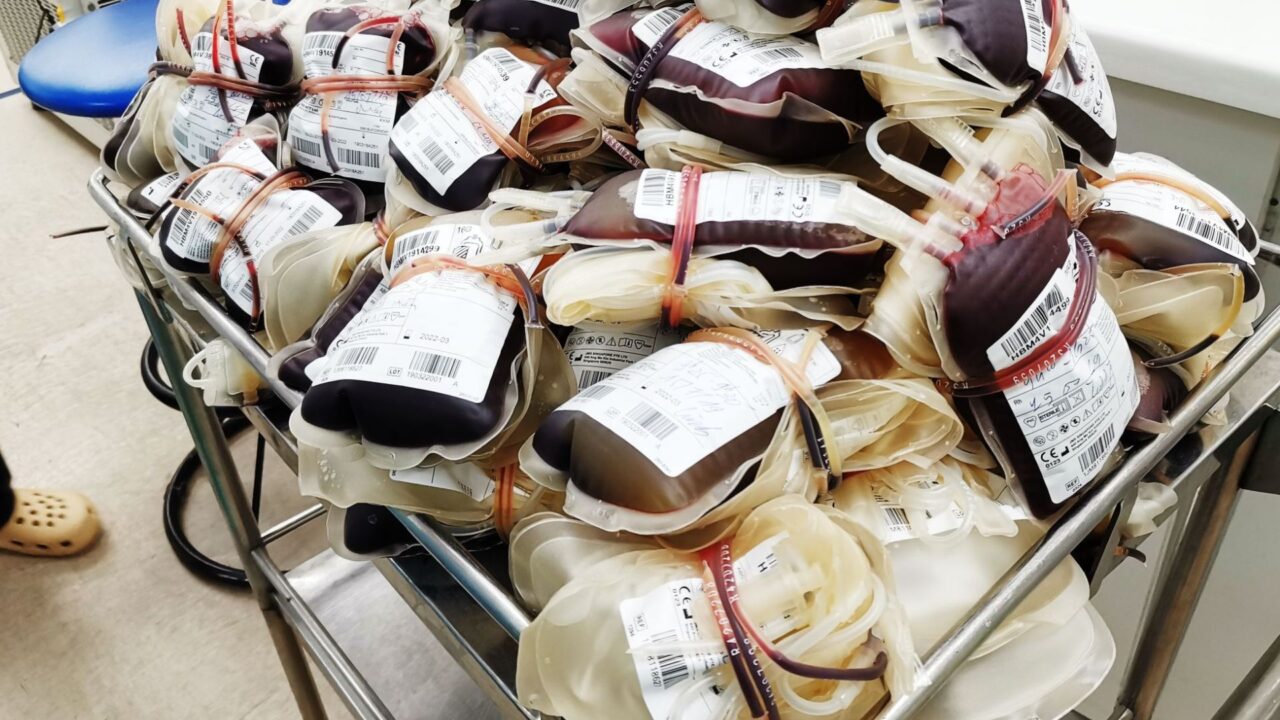
Leukocytes: The Hidden Threats in Transfusion and the Lifesaving Role of Leukoreduction
Maxime Dely, Global Expert in Blood Processing & Therapeutic Apheresis, shared an insightful post on LinkedIn:
“Leukocytes: the invisible enemies of transfusion
I remember a patient we’ll call Laurent, 67 years old, who came in for a red blood cell transfusion due to severe anemia. Everything seemed under control… until two hours after the transfusion. Chills, sudden fever, blood pressure dropping.
On the surface, the blood unit looked perfect. Test results were normal. Yet an invisible culprit was there: leukocytes.
These white blood cells, vital allies in the donor’s body, can become real saboteurs in the recipient.
They can trigger:
- Febrile non-hemolytic transfusion reactions
- Alloimmunization that complicates future transfusions
- Unpredictable inflammatory reactions
This is where leukoreduction comes in: filtering the blood within hours after donation to remove more than 99.9% of these cells. A discreet step, but one that changes everything.
Since leukoreduction became standard practice in many transfusion systems, incidents like Laurent’s have become rare. But rare doesn’t mean impossible — and each case reminds us why this measure exists.
We’ve already discussed filtration in a previous article, but it’s important to remember that not all countries or organizations have the financial or equipments to access this technology.
In an upcoming article, we’ll see that centrifugation remains the first essential step toward leukoreduction, especially in settings with limited financial or material resources.
And you — do you think universal leukoreduction should be mandatory worldwide?”
Follow the newest insights in hematology with Hemostasis Today.
-
Dec 18, 2025, 17:13Daria Camilli on EuroBloodNet and EHC Collaboration for Bleeding Disorders
-
Dec 18, 2025, 16:50Marie Cambot on Innovhem’s Quantification of The HbF/HbS Ratio for SCD
-
Dec 18, 2025, 16:26Yogesh Rathod on Hematological Issues and ICU
-
Dec 18, 2025, 16:09Carlos Doti: I’m Reminded Why ASH is Such a Powerful Close to The Year
-
Dec 18, 2025, 15:23Michael Hadley: Well-Timed ACC Statement Just Out in JACC Journals
-
Dec 18, 2025, 15:12Wolfgang Miesbach on Insights from Guy Young’s ASH2025 Session on Next-Generation Gene Therapy
-
Dec 18, 2025, 14:15Plasma-Derived Therapy for Hemophilia in The Updated European Medicines Agency’s Union List
-
Dec 18, 2025, 13:55Laurent Bertoletti: BAT-VTE is One of 7 Projects Funded Under the EFFECT Trial Call!
-
Dec 18, 2025, 13:34Alexandru Stieber Explores VEXAS Syndrome
